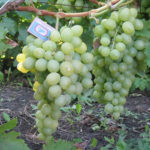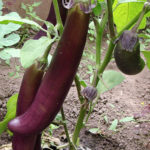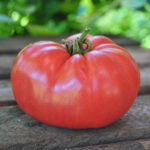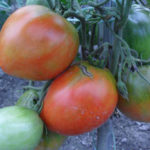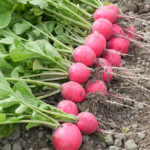Lemon variety Tashkent
Belongs to the group of lemon varieties bred in the Soviet Union and practically not spread in other countries. And in the former republics of the USSR, he did not gain much popularity, he is rarely found in the collections of citrus growers. Although this citrus in its characteristics is quite suitable for home cultivation.
A bit of biography
All reference books and descriptions regularly repeat the same history of its origin. Created in Uzbekistan in the 60s by the famous local breeder and citrus grower Zainiddin Fakhrutdinov. By the way, the resulting plant was initially called Fakhrutdinov-1.
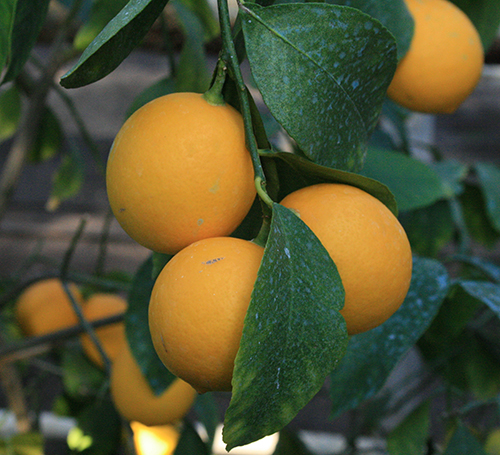
History also provides details. The breeder planted a stalk of a famous variety "Meyer»On the stock Novogruzinsky... The grown tree gave the first harvest, and then it turned out that one of the branches was noticeably different from all the others: both in the appearance of the leaves and in the fruits. Having multiplied it, the scientist got a new one, unlike other copies, which we now know as "Tashkent".
Everything would be nothing in this story, if not for the skepticism of some specialists, and of citrus lovers too. Their doubts rest on an indisputable fact: the method of grafting cannot be called either crossing or a selection technique. Therefore, the "group of doubters" adheres to the view that the copy obtained by Fakhrutdinov is simply a successful clone of the old, world-famous "Meyer". Indeed, these varieties are so similar that it is not easy even for a specialist to distinguish them.
Botanical description
Features of the crown... The tree is rather short, even in greenhouses it grows no more than 2.5 meters. In an apartment - at least a meter lower. Crohn needs almost no pruning, requires minimal shaping efforts.
This lemon tends to branch out on its own, forming a beautiful shape: dense, wide, often its diameter even exceeds the height of the tree. The branches leave the trunk almost at right angles, they are characterized by a curved shape and the presence of thorns. The old bark is distinguished by an olive-grayish tint, new shoots remain green for a long time.
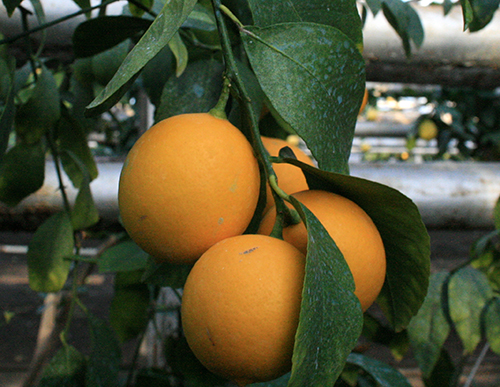
The leaves are small, narrow, usually with a pointed end, bright green in color, shiny, slightly serrated at the edges. On the stalks, lionfish stand out well, like those of oranges. Moreover, a young tree is sometimes difficult to distinguish from a young orange.
Interesting! In this, Tashkent is similar to Meyer, who is, in the opinion of many, a natural hybrid of lemon and orange.
An important feature is that the plant often sheds almost all the leaves in winter, which subsequently grow back.
Flowers... There are many of them, but they are small, tend to form small inflorescences. Most often, the petals on the outside have a pinkish tint, so the flowering tree does not look traditionally white, like many lemons, but pinkish-white. They have a strong, pungent lemon scent. It is noteworthy that the Tashkent at home often has two waves of flowering: in spring and early autumn.
Flowers self-pollinate well, but they are also easily pollinated by other varieties.
Fruit... Different from most lemons. In many ways, they resemble Meyer's fruit. Here are the main features of our hero:
-The size of the fruits is small, they rarely exceed 100 g in weight.
- The shape is oval, slightly ovoid.
- The color is orange, dense, sometimes to brownish. Some sources describe it as "cadmium". The surface is visibly oily.
- A very noticeable property is aroma. These fruits have a strong, coniferous-tangerine, but not the classic lemon.
- The taste is pleasant, devoid of the usual acid, even reminiscent of orange. They say that its fruits are "sour than any orange, but sweeter than any lemon."
- The skin is thin. The color of the pulp is slightly orange (but not as much as Meyer's), it has a lot of juice
Fruit ripening is fast, within six months after the appearance of the ovary, the fruit can be eaten. This, and all of the above, makes the variety a valuable commercial crop. At one time it was intensively grown in the greenhouses of Central Asia. But the fruits have low transportability, which does not allow the harvest to be transported to other regions.
Home cultivation value
Thus, we can conclude that Tashkent is a convenient indoor citrus. It is less demanding than Meyer, demanding on lighting, has a compact shape, needs little crown formation. In addition, it is able to endure the lack of winter coolness, quickly restoring lost foliage in the spring.
With proper care, even in an ordinary apartment, it can please the owner with many ripe, fragrant fruits. In addition, the tree has undoubted decorative qualities, both during flowering and at the time of fruiting.
